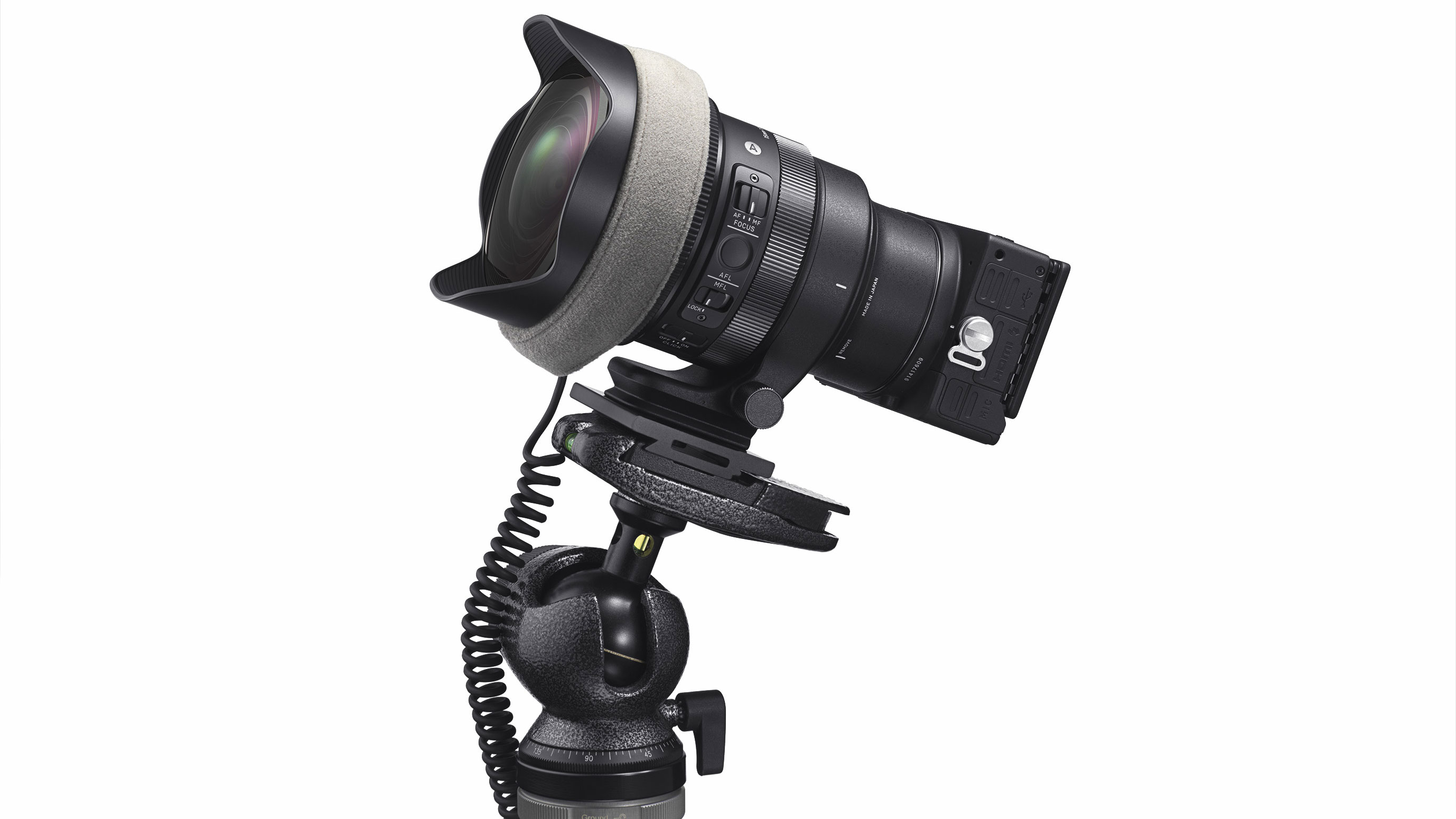Super-wide Sigma 15mm F1.4 DG DN Diagonal Fisheye lens aims for the stars!
The Sigma 15mm F1.4 DG DN Diagonal Fisheye looks ideal for astrophotography with exotic glass and weather proofing

Sigma claims this is the world’s first f/1.4 diagonal fisheye, the unique feature here being its f/1.4 maximum aperture. This alone would make it a very interesting option for astrophotography, where extreme angles of view and extreme lens apertures are highly desired, but Sigma has built in a number of other features to tempt stargazers too.
The Sigma 15mm F1.4 DG DN is a so-called ‘diagonal fisheye’, which means that while there is strong curvature towards the edges of the frame, the image does still fill the frame – as opposed to a ‘circular fisheye’, where you just get a circular image with black borders.
Sigma says the 15mm F1.4 DG DN can be used for landscapes, portraits, architecture and more, though it’s astrophotography where its advantages are most likely to be felt, especially with the attention Sigma has paid to its optical and physical design. Indeed, it looks set to become one of the best lenses for astrophotography for Sony and L-mount users, if not one of the best fisheye lenses – albeit a pretty expensive one.
It uses a highly sophisticated design consisting of 21 glass elements in 15 groups, including four FLD and three SLD low dispersion elements to reduce sagittal coma flare and other aberrations. According to Sigma, its new lens can precisely reproduce bright points of light across the whole frame, even when shooting wide open at F1.4.
All this glass contributes to a formidable all-in weight of 1360g, and to make this easier to mount on a tripod, Sigma is including a removable tripod mounting collar. Other features include a built in rear filter holder – and filters can be stored in a special locking lens cap – and a Lens Heat Retainer for serious astro shooters who use heating pads to keep the lens warm in cold conditions.
Controls include a manual focus lock with disables the focus ring – perfect when you’ve focused on the stars and don’t want to accidentally shaft the focus – a customisable AF-L button, a de-clickable aperture ring and a dust and splash resistant design that also includes a water and oil repellent front coating.
Sigma 15mm F1.4 DG DN Diagonal Fisheye specifications
Optical construction: 21 elements in 15 groups
Angle of view: 180°
Diaphragm: 11 aperture blades (rounded diaphragm)
Min aperture: f/16
Min focus distance: 0.385m
Max magnification: 1:16
Dimensions: 104.0 × 157.9mm
Weight: 1360g
The best camera deals, reviews, product advice, and unmissable photography news, direct to your inbox!
Sigma 15mm F1.4 DG DN Diagonal Fisheye price and availability
The new lens joins a group wide-angle F1.4 DG DN Art lenses including the Sigma 14mm F1.4 DG DN | Art, 20mm F1.4 DG DN | Art and 24mm F1.4 DG DN | Art. Although it has a longer focal length than the Sigma 14mm lens, the unique properties of fisheye lenses mean that normal focal length/angle of view comparisons don’t apply, and the 15mm fisheye actually has a much wider angle of view of 180 degrees, versus the 114.2 degrees of the 14mm rectilinear lens.
The Sigma 15mm F1.4 DG DN Diagonal Fisheye will be available in L-Mount and Sony E-Mount versions and will be on sale from March 14 at a price of $1,999 / £1,869 (about AU$3,045).

Rod is an independent photography journalist and editor, and a long-standing Digital Camera World contributor, having previously worked as DCW's Group Reviews editor. Before that he has been technique editor on N-Photo, Head of Testing for the photography division and Camera Channel editor on TechRadar, as well as contributing to many other publications. He has been writing about photography technique, photo editing and digital cameras since they first appeared, and before that began his career writing about film photography. He has used and reviewed practically every interchangeable lens camera launched in the past 20 years, from entry-level DSLRs to medium format cameras, together with lenses, tripods, gimbals, light meters, camera bags and more. Rod has his own camera gear blog at fotovolo.com but also writes about photo-editing applications and techniques at lifeafterphotoshop.com

